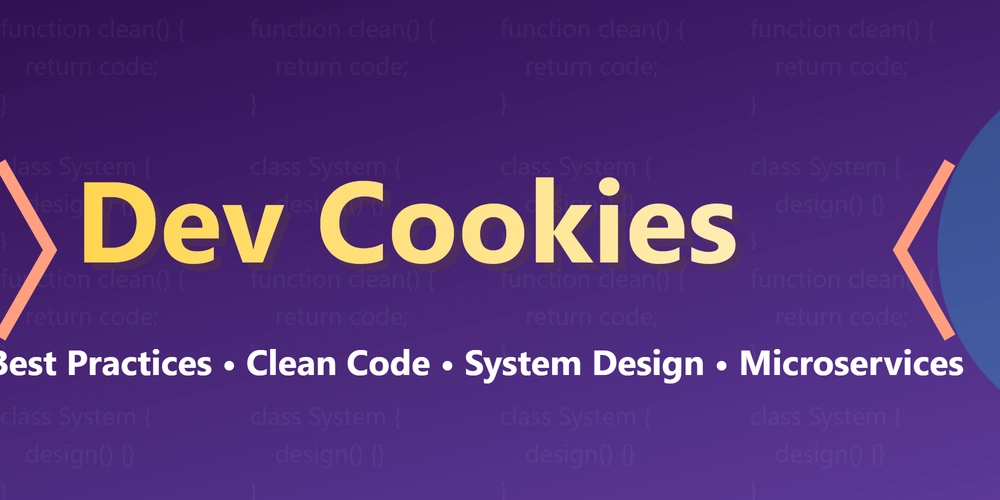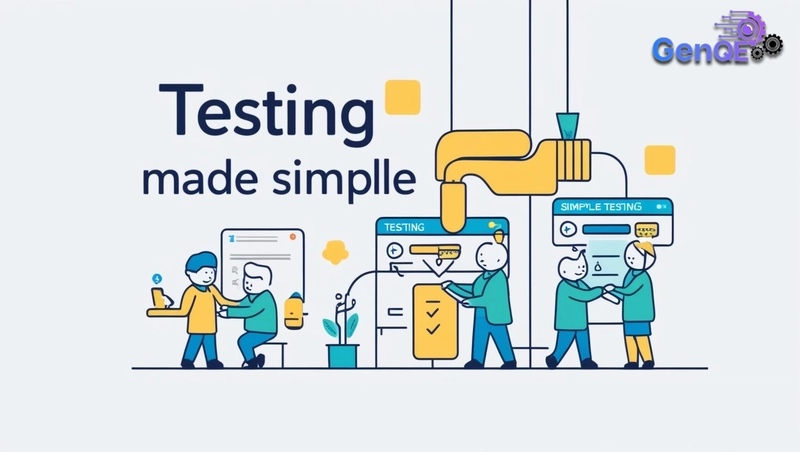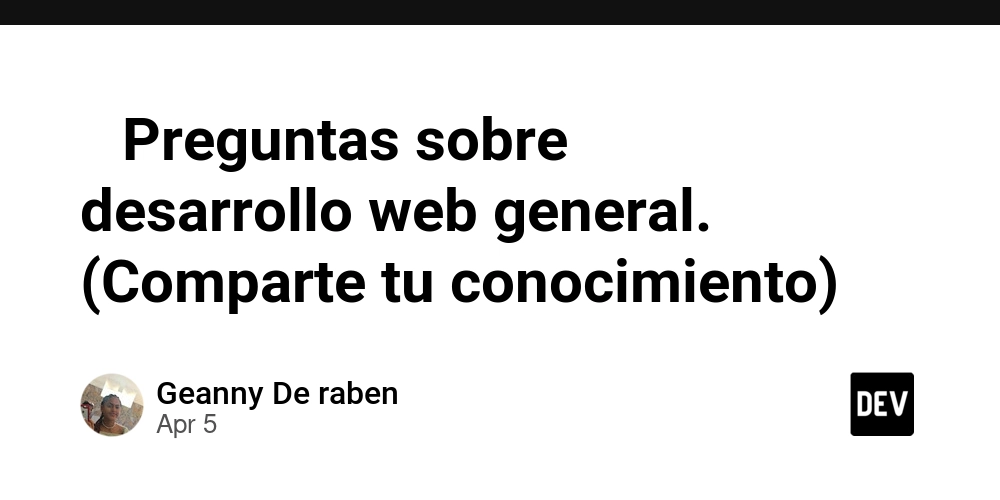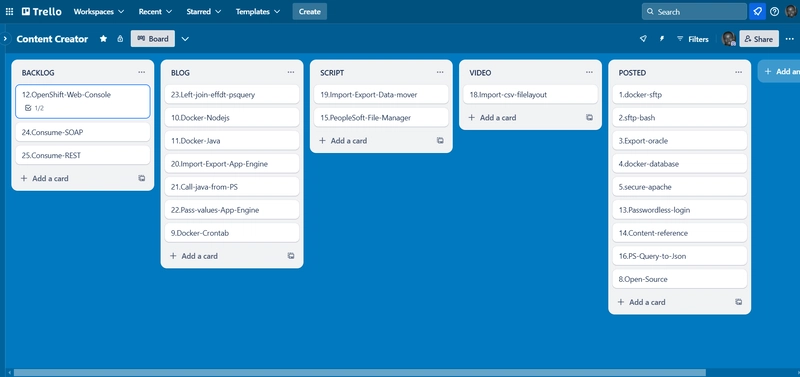Roadmap for Three.js in 2025: What to Expect and How to Prepare
Three.js has become one of the most widely used libraries for 3D rendering on the web. From creating immersive virtual environments to crafting interactive visualizations, Three.js has transformed how developers build and experience 3D content in the browser. With 2025 just around the corner, it’s important to look ahead and understand the direction this powerful library will take in the coming years. In this blog, we’ll dive into the anticipated features, updates, and trends in the Three.js ecosystem in 2025. Whether you're a seasoned developer or just getting started with 3D graphics, here’s your roadmap for staying ahead in the Three.js world. Performance Optimizations for the Web Three.js has always focused on rendering performance, but with the continued push for higher-quality, real-time 3D experiences, expect more emphasis on optimizing performance in 2025. This could mean better integration with WebAssembly (Wasm), more efficient memory management, and increased support for emerging graphics APIs like WebGPU. What to Expect: WebGPU Integration: WebGPU, which provides more direct access to the GPU, is likely to become a primary focus for Three.js in the near future. This will allow developers to access advanced graphics techniques and significantly boost rendering performance, especially for complex scenes. Real-time Global Illumination: As hardware continues to improve, techniques like real-time global illumination (GI) and physically based rendering (PBR) will become more mainstream. Three.js may introduce enhanced GI solutions out-of-the-box, making stunning, realistic lighting more accessible. Multithreading Support: With the help of Web Workers and potential Wasm integrations, Three.js could harness multi-core processors for better performance in resource-heavy scenes, including complex simulations and large-scale environments. Augmented Reality (AR) and Virtual Reality (VR) Advancements The world of immersive experiences is growing exponentially, and Three.js is poised to stay at the forefront of AR and VR development. By 2025, we expect significant improvements and features that will make building VR and AR experiences more intuitive and powerful than ever. What to Expect: Native AR/VR Support: Expect a more unified API that simplifies the creation of VR and AR experiences. This could include a more seamless integration with WebXR, an API that enables augmented and virtual reality on the web. Improved Interaction Models: Interaction in AR/VR environments could be revolutionized with better hand tracking, gesture recognition, and integration with devices like the latest VR headsets, AR glasses, and haptic feedback systems. Better Cross-Platform Compatibility: We might see a stronger emphasis on compatibility across devices, ensuring that VR and AR apps built with Three.js work seamlessly on everything from smartphones and tablets to desktop VR headsets. AI and Machine Learning in Three.js As AI continues to shape the development world, Three.js could integrate machine learning to bring new features, automations, and optimizations to the library. Whether it’s generating dynamic environments, optimizing scenes, or enabling smarter interactive elements, AI will likely play a big role. What to Expect: Procedural Content Generation: Imagine using machine learning algorithms to generate 3D environments or assets in real-time based on user input or other factors. Three.js might tap into AI-powered procedural content generation to create realistic and diverse 3D worlds. Intelligent Asset Management: With machine learning, Three.js could enhance the way assets are loaded and managed. AI could automatically adjust asset quality based on device performance or the user's preferences, optimizing the experience without manual intervention. Interactive AI: Expect more advanced interactive 3D elements driven by AI, where characters or environments react intelligently to users' actions, offering dynamic, personalized experiences. Support for New 3D File Formats As the web continues to evolve, new 3D file formats will emerge to support more complex and optimized content. Three.js will likely expand its support for new formats, streamlining the process of importing and exporting 3D assets. What to Expect: Better Support for glTF: glTF (GL Transmission Format) is the current standard for 3D content on the web. We can expect further optimizations and features around glTF, such as better compression, animation handling, and support for advanced materials and shaders. Integration with Popular 3D Creation Tools: With the rise of tools like Blender, Unity, and Unreal Engine, Three.js could see better native exporters for seamless integration, making it easier to bring assets from these tools directly into web environments. New Formats for Real-time Rendering: As real-time graphics and immersive experiences evolve, new formats for capturing light, reflections,

Three.js has become one of the most widely used libraries for 3D rendering on the web. From creating immersive virtual environments to crafting interactive visualizations, Three.js has transformed how developers build and experience 3D content in the browser. With 2025 just around the corner, it’s important to look ahead and understand the direction this powerful library will take in the coming years.
In this blog, we’ll dive into the anticipated features, updates, and trends in the Three.js ecosystem in 2025. Whether you're a seasoned developer or just getting started with 3D graphics, here’s your roadmap for staying ahead in the Three.js world.
- Performance Optimizations for the Web
Three.js has always focused on rendering performance, but with the continued push for higher-quality, real-time 3D experiences, expect more emphasis on optimizing performance in 2025. This could mean better integration with WebAssembly (Wasm), more efficient memory management, and increased support for emerging graphics APIs like WebGPU.
What to Expect:
WebGPU Integration: WebGPU, which provides more direct access to the GPU, is likely to become a primary focus for Three.js in the near future. This will allow developers to access advanced graphics techniques and significantly boost rendering performance, especially for complex scenes.
Real-time Global Illumination: As hardware continues to improve, techniques like real-time global illumination (GI) and physically based rendering (PBR) will become more mainstream. Three.js may introduce enhanced GI solutions out-of-the-box, making stunning, realistic lighting more accessible.
Multithreading Support: With the help of Web Workers and potential Wasm integrations, Three.js could harness multi-core processors for better performance in resource-heavy scenes, including complex simulations and large-scale environments.
- Augmented Reality (AR) and Virtual Reality (VR) Advancements The world of immersive experiences is growing exponentially, and Three.js is poised to stay at the forefront of AR and VR development. By 2025, we expect significant improvements and features that will make building VR and AR experiences more intuitive and powerful than ever.
What to Expect:
Native AR/VR Support: Expect a more unified API that simplifies the creation of VR and AR experiences. This could include a more seamless integration with WebXR, an API that enables augmented and virtual reality on the web.
Improved Interaction Models: Interaction in AR/VR environments could be revolutionized with better hand tracking, gesture recognition, and integration with devices like the latest VR headsets, AR glasses, and haptic feedback systems.
Better Cross-Platform Compatibility: We might see a stronger emphasis on compatibility across devices, ensuring that VR and AR apps built with Three.js work seamlessly on everything from smartphones and tablets to desktop VR headsets.
- AI and Machine Learning in Three.js
As AI continues to shape the development world, Three.js could integrate machine learning to bring new features, automations, and optimizations to the library. Whether it’s generating dynamic environments, optimizing scenes, or enabling smarter interactive elements, AI will likely play a big role.
What to Expect:
Procedural Content Generation: Imagine using machine learning algorithms to generate 3D environments or assets in real-time based on user input or other factors. Three.js might tap into AI-powered procedural content generation to create realistic and diverse 3D worlds.
Intelligent Asset Management: With machine learning, Three.js could enhance the way assets are loaded and managed. AI could automatically adjust asset quality based on device performance or the user's preferences, optimizing the experience without manual intervention.
Interactive AI: Expect more advanced interactive 3D elements driven by AI, where characters or environments react intelligently to users' actions, offering dynamic, personalized experiences.
- Support for New 3D File Formats As the web continues to evolve, new 3D file formats will emerge to support more complex and optimized content. Three.js will likely expand its support for new formats, streamlining the process of importing and exporting 3D assets.
What to Expect:
Better Support for glTF: glTF (GL Transmission Format) is the current standard for 3D content on the web. We can expect further optimizations and features around glTF, such as better compression, animation handling, and support for advanced materials and shaders.
Integration with Popular 3D Creation Tools: With the rise of tools like Blender, Unity, and Unreal Engine, Three.js could see better native exporters for seamless integration, making it easier to bring assets from these tools directly into web environments.
New Formats for Real-time Rendering: As real-time graphics and immersive experiences evolve, new formats for capturing light, reflections, and scene data in a way that's optimized for the web could emerge. Three.js will need to stay ahead by adopting and supporting these new standards.
- Better Collaboration with Other Web Technologies
Web development is becoming increasingly modular, with technologies like WebAssembly, WebSockets, and advanced APIs offering more possibilities for real-time collaboration, data synchronization, and performance. In 2025, we could see even more collaboration between Three.js and other cutting-edge web technologies.
What to Expect:
Seamless Integration with WebAssembly: WebAssembly will continue to revolutionize the web by allowing developers to run compiled languages like C++ and Rust in the browser. By 2025, Three.js could fully integrate with WebAssembly, enabling developers to build highly optimized performance-critical features (e.g., physics engines, complex simulations) with ease.
Multiplayer Support in Real-time 3D Environments: As multiplayer experiences continue to rise, Three.js may introduce better tools for creating real-time multiplayer 3D environments, leveraging WebSockets or WebRTC to sync data efficiently across the web.
- Community and Ecosystem Growth Three.js is an open-source project, and its ecosystem has grown significantly over the years. By 2025, the Three.js community will likely be even stronger, with more tools, plugins, and resources available for developers.
What to Expect:
A More Vibrant Ecosystem: Expect more third-party tools and libraries built on top of Three.js, such as design systems, animation libraries, and visual scripting tools that make it even easier to create complex 3D applications.
Increased Learning Resources: With more resources, tutorials, and documentation available, new developers will have an easier time learning Three.js. The community will continue to offer excellent learning platforms and mentorship.
Stronger Collaboration with Industry Leaders: Expect more collaborations between Three.js and major tech companies, pushing forward the development of the library in new and exciting ways.
Final Thoughts
Three.js is one of the most powerful libraries available for web-based 3D graphics, and with the upcoming innovations in 2025, it is set to grow even further. From improved performance to AR/VR support and machine learning integration, the future looks bright for Three.js. Whether you're just getting started or are already a Three.js pro, there’s never been a better time to get involved in this incredible ecosystem.
Stay tuned to the official Three.js website and its community resources for the latest updates. As 3D technology continues to revolutionize the web, Three.js will remain at the cutting edge, and 2025 promises to be an exciting year for developers and creatives alike.













































































































































































![[The AI Show Episode 142]: ChatGPT’s New Image Generator, Studio Ghibli Craze and Backlash, Gemini 2.5, OpenAI Academy, 4o Updates, Vibe Marketing & xAI Acquires X](https://www.marketingaiinstitute.com/hubfs/ep%20142%20cover.png)



























































































































![[FREE EBOOKS] The Kubernetes Bible, The Ultimate Linux Shell Scripting Guide & Four More Best Selling Titles](https://www.javacodegeeks.com/wp-content/uploads/2012/12/jcg-logo.jpg)



![From drop-out to software architect with Jason Lengstorf [Podcast #167]](https://cdn.hashnode.com/res/hashnode/image/upload/v1743796461357/f3d19cd7-e6f5-4d7c-8bfc-eb974bc8da68.png?#)





































































































.png?#)





.jpg?#)
































_Christophe_Coat_Alamy.jpg?#)










































































































![Rapidus in Talks With Apple as It Accelerates Toward 2nm Chip Production [Report]](https://www.iclarified.com/images/news/96937/96937/96937-640.jpg)





































































































































